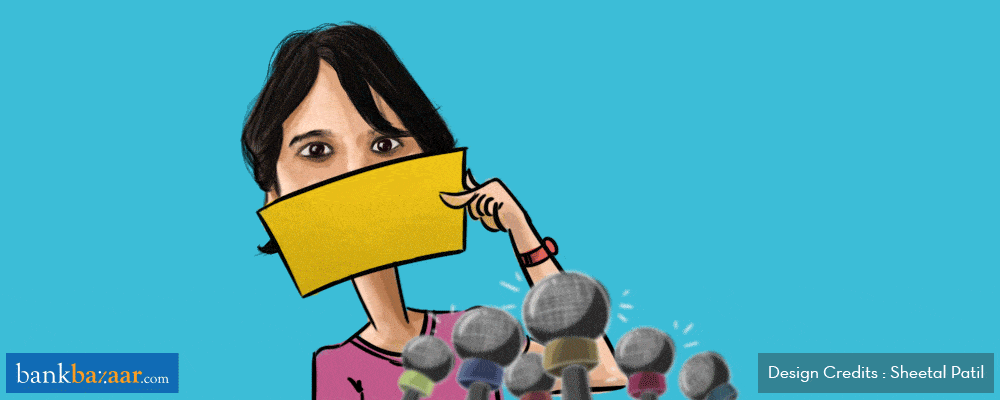The hackers are getting better at what they do. Your personal information will be safe only if you ensure that it remains so. Follow a few simple rules to secure your data.

The government has gone a step further to secure your Aadhaar details with the introduction of facial recognition for Aadhaar authentication. This, along with biometrics, is sure to make using Aadhaar safer than ever. The government is doing its bit to secure your personal information but are you doing enough yourself? Sometimes, we don’t pay attention to the small things that we need to do when we use identity cards such as Aadhaar or financial products like Credit Cards. This could include things like not shredding Credit Card statements or using public Wi-Fi to make payments or transfer funds. Even a small information leak could lead to lakhs of your money being stolen. It takes just a little care to secure your personal as well as financial information. Here are a few pointers that you could make a part of your everyday life.
Don’t carry everything
You have got six Credit cards and three Debit Cards and you carry all of them in your wallet? It is best to carry only what you might need for the day. The more the number of cards you carry, the more you are at risk of losing them. Plan your day in advance and use only those cards that you need.
It’s quite likely that you will only need your PAN card number and not the card itself if you are making any online transactions. Make a copy of the card and keep it with you, or better still, memorise it. Use e-Aadhaar as proof of identity. You don’t even need to carry your Aadhaar this way.
Additional Reading: How To Link Aadhaar Card To Bank Account Online/Offline
Physical documents need to be stored
All your documents such as receipts, bills, card statements, bank account statements and other documents should be kept under lock and key. Try the DigiLocker to store your documents such as driving license and certificates. Opt to get your statements emailed to you. Shred all your old Credit Card statements and bills. These might have information that can be misused. Remember to cut those old Credit Cards into two before you throw them away.
Watch what you put online
It is best not to store your card information on shopping websites. Even though this might be convenient, it puts your financial information at risk. Choose shopping e-wallets instead. This way, a limited amount of money is at risk. Never use the same password for all websites. Also, don’t use the password that you have for your bank account for other website logins.
Even though the Reserve Bank of India has said that you will have zero liability in case of negligence from the bank’s end, any negligence on your part could be mean you are liable. This is especially if you don’t report fraudulent transactions within three days. If you report it within seven days, your liability is capped at Rs. 25,000. However, if you notice something amiss only after seven days, you will be totally liable for the fraud. So, always check your Credit Card and bank account statements. Using a chip Credit or Debit Card might be safer.
Additional Reading: How To Automate Savings And Investments
Free is not safe
Never use public or free Wi-Fi to check bank accounts, transfer funds or pay Credit Card bills. Your information could get hacked. Even if you check your email on a public network, ensure you have enabled the two-step verification.
Choose to receive bank notifications
It is best to opt to receive SMS and email notifications regarding transactions from your bank for both your bank account as well as your Credit Card. This way, even if you miss reading an email regarding the transaction, it will be on your phone.
Check your credit report
Do this at least once in six months. Sometimes, people might use your identity to take a loan or a Credit Card. Checking your credit report will ensure that only your accounts are in your credit report. Check all the information including your name, address and the status of your accounts.
Additional Reading: 5 Mistakes To Avoid While Taking A Loan
The most important rule of all – lock your phone. With apps having all your information, including your account details, location, and documents, it is best to lock your phone. This way, even if you lose it, it’s not easy to steal all that data. Use a fingerprint/iris scanner or a pattern to lock your phone.
The digital age has made things easy. However, just as the offline world has risks, hackers lurk online too. So, you need to be careful where you keep all your information.
This article was originally published on LinkedIn.